I met Chris Killip (who died on 13 October 2020) in 1974, probably at an opening at London’s then relatively new Photographers’ Gallery. He was already highly focused and ambitious for photography but likeable, gap-toothed and good company. I played a part (on the Arts Council Photography Committee) in funding his first book, Isle of Man: A Book about the Manx, published in 1980. The V&A bought all 69 of the photographs.
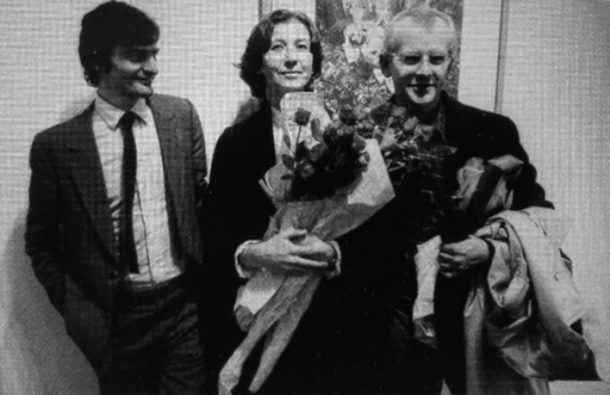
Chris’s now famous photograph Youth on a Wall, Jarrow, 1976, entered the V&A collection in 1978. I would have seen it in Creative Camera magazine in May 1977 when a complete issue was devoted to Chris’s work in the North East of England. I vividly remember seeing, later that year, Chris arriving for a John Szarkowski lecture at the Hayward Gallery with Markéta Luskačová and, in a sling, their baby Matthew (now an award-winning film-maker in New York). Both fine and distinguished in looks, they seemed like photographic royalty – Markéta, one of the best documentary photographers of her generation, had moved to London from Prague in 1974.
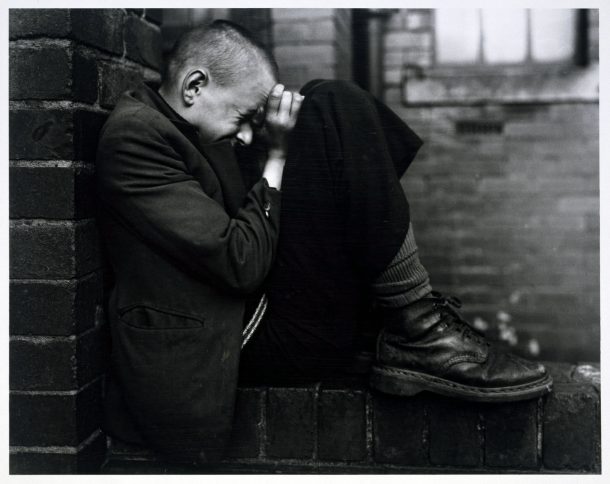
I included Chris’s signature Jarrow image in an exhibition from the V&A collection toured by the Arts Council – Old and Modern Masters of Photography (1980). This picture is also the final plate in my book of the same title (1981). The boy with his Punk hair and boots seems to be a study in bravado and insecurity, recorded with magnifying glass clarity by a 5×4 camera. Chris later told me that he had captured this unlikely picture by putting a false lens on the side of his view camera (à la Paul Strand) and wearing a hazard jacket, like a council surveyor.
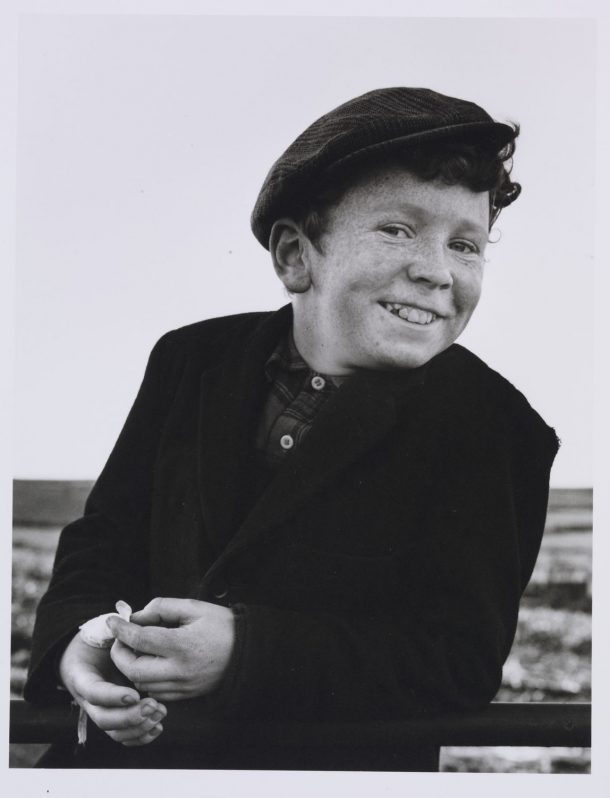
In 1981 I decided to go to New York to meet Michael Hoffman of Aperture to pitch a project. Coincidentally, Chris wanted to show his work to John Szarkowski at MoMA. We joined forces and stayed in a modestly priced hotel near Carnegie Hall on 6th Avenue. I met Michael and we agreed to work together on the exhibition and book The Golden Age of British Photography 1839–1900 (1984). Chris dropped off his portfolio at MoMA. When he returned to collect it, John called him into his office. Chris told me that John was far more perceptive than anyone else who had looked at his photographs. MoMA bought two pictures but perhaps the meeting was important in another way: John was later to be a judge of the first Henri Cartier-Bresson Award, presented to Chris in 1989.
The originality with which Chris photographed, rejecting easy strategies, was characteristic of his thought and speech generally. I recall the time he and Markéta came to supper at our house in London. Chris picked up Emily, our new baby, and remarked that you can always tell girl from boy babies, as they just feel different, less muscular and ‘solid’.
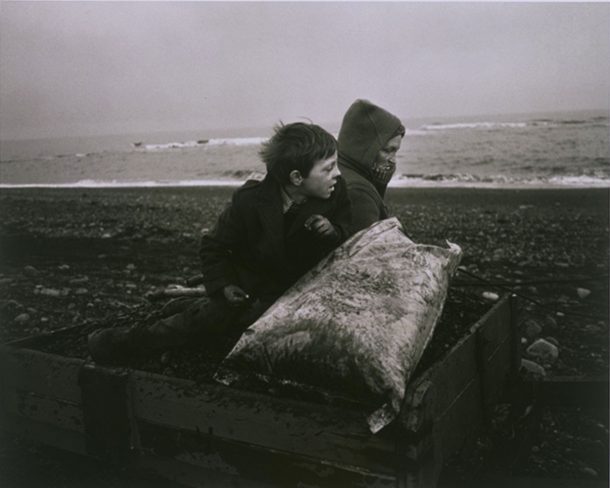
My next memory is the forceful exhibition of Chris’s Seacoal photographs at the Side Gallery, Newcastle, in 1984, from which the V&A bought a group of important pictures. Next was the resounding success of the exhibition Another Country, by Chris and his close friend and colleague Graham Smith (Serpentine Gallery, 1985). Aperture published ‘Chris Killip: Scenes from Another Country’ in Summer 1986 – eight magnificent spreads, mostly Seacoal pictures, supplemented by long quotes from Killip himself. My accompanying essay foregrounded the Great Miners’ Strike of 1983 – 4 – Chris had left his Seacoal project to photograph it for a year. The strike exposed huge social and political divisions and revealed that the deindustrialised, marginalised, scarred North – especially the North East – was indeed another country. No wonder Chris was so interested in the South African photographer David Goldblatt and his unrelenting documentation of Apartheid and deprivation.
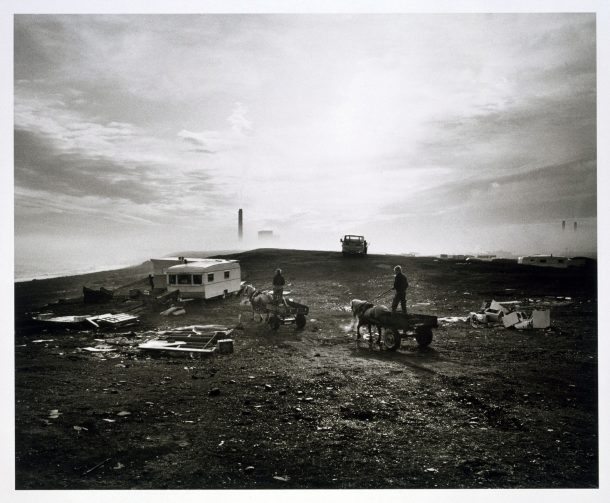
Chris’s second and most important book, In Flagrante – which exposed flagrant inequality and injustice – was launched with a show in the Photography Galleries at the V&A in 1988. As many of the photographs had featured in the Serpentine show, we added a smaller displaycalled The Photographer’s Eye, whichChris chose from the collection – plus works by Jimmy Forsyth, David Goldblatt, Nan Goldin, Martin Parr, John Sturrock and Cindy Sherman which were specially acquired. Chris’s labels explained his choices. The Martin Parr photograph shows a young woman serving in a fast-food outlet who glares accusingly at the photographer as he takes her picture with an intrusive flash. Martin Parr became and remains a champion of Chris’s work.
When In Flagrante closed, Chris came to the department to collect his photographs. As the museum already owned some prints and Chris was generously donating others, this was not straightforward. Instead of coming in the early afternoon after lunch, as arranged, Chris arrived – over-punctually – at lunchtime. In my absence, an inexperienced colleague handed over what appeared to be the right prints. It took years to sort out the confusion.
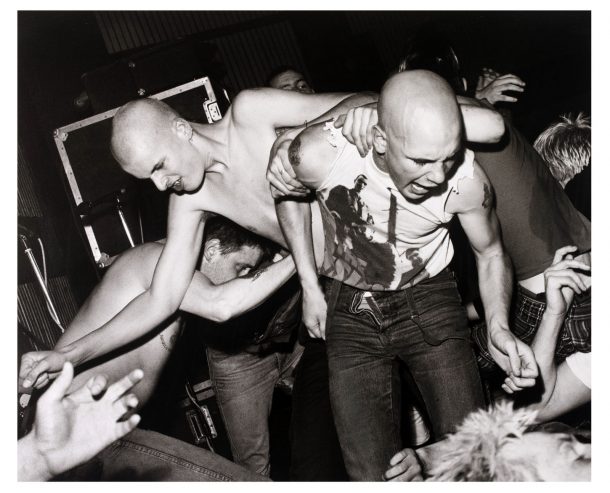
In 1991 I was telephoned out of the blue by Alfred Guzzetti, chair of Harvard’s Visual and Environmental Studies Department. The faculty wanted to appoint Chris as professor of photography but were worried: he seemed ‘difficult’. I agreed but said that, however difficult Chris could be, I’d always found it worth persevering. How clever of Harvard to appoint him. Chris worked there from 1991 until his retirement in 2017. He was a natural, giving his students time, attention and brilliant ways into the core of the medium – for example, by comparing the photographs of Mexico by, on the one hand Paul Strand (Communist but ‘patronising’) and on the other, Manuel Alvarez Bravo (local and ‘accepting complexity’). He brought David Goldblatt to Harvard to work on his exhibition and book Structures of Dominion and Democracy. Chris found teaching – and the administration that goes with it – so all-consuming that his serious photography came to an end. However, he’d worked so intensely from 1969 onwards that he was understandably burned out creatively by 1988.
Aged 74, Chris died peacefully at home in Cambridge, Mass., his wife Mary and son Matt at his bedside. Thank you, Chris, for everything.
Further reading
Sean O’Hagan, Chris Killip Obituary, The Guardian, 16 October 2020
Chris Killip in conversation with Martin Parr, 2020
Interview with Chris Killip by Ben Smith, 2017
Markéta Luskačová (Torst, Prague 2001)
Life story interview with Chris Killip by Mark Haworth-Booth, 1997, Oral History of British Photography, National Sound Archive, British Library (accessible for UK Higher Education and Further Education institutions only)
Mark Haworth-Booth Photography: An Independent Art (V&A, 1997)
Markéta Luskačová, Pilgrims (V&A, 1983) Markéta Luskačová, Markéta Luskačová (V&A, 1983)



Great piece on a brilliant photographer – fingers crossed for an exhibition at the V and A of Chris Killip’s work.
I was scrolling the internet for North East images for a project we are currently working on, just gathering some inspiration.
Lovely to read this, memories of Chris Killips photographs and therefore remembering being a colleague of Mark HB when I worked at the V&A, way back in the 90″s. I very much enjoyed reading this Mark.
Lovely article.